Fighting Red Cloud’s Warriors: True Tales Of Indian Days When The West Was Young
Nonfiction, Social & Cultural Studies, Social Science, Cultural Studies, Native American Studies, History, Americas, United States, 19th Century, Biography & Memoir| Author: | E. A. Brininstool | ISBN: | 9781786254412 |
| Publisher: | Normanby Press | Publication: | November 6, 2015 |
| Imprint: | Normanby Press | Language: | English |
| Author: | E. A. Brininstool |
| ISBN: | 9781786254412 |
| Publisher: | Normanby Press |
| Publication: | November 6, 2015 |
| Imprint: | Normanby Press |
| Language: | English |
THE winning of the West was no child’s play! It was war—war of the most brutal and inhuman type on the part of both Indians and whites. The Indian was fighting for his home, his commissary, his lands—lands ceded him through solemn treaty with the United States government—and what man, of any nation (if he is any sort of man) will not fight “for home and native land”?
The white man fought to advance the cause of civilization, irrespective (in most instances) of the rights of the Indian, and without regard to his future existence. Civilization won—and to civilization’s shame, it was at the cost of unnumbered thousands of lives and the shedding of much human blood of both whites and reds.
I am not a believer in the old adage that “the only good Indian is a dead Indian.” My sympathy is with the red man. The early white traders who trafficked with the Indian were, as a rule, a class of men of little conscience and few scruples, who would stoop to any deceit or trickery to rob the Indian of his furs and pelts. It was the early trader who introduced whiskey among the Indian tribes; who, through fraud and knavery, turned the red man against the whites of whatever class. This was the beginning of the hatred and contempt which made all white men, good or bad, soon look alike to the warring savage.
In this volume of the “Frontier Series” I have written of a few of the most noted battles between the red man and the white man. As in the previous volume, no fiction is employed in these pages. Every incident related actually occurred, and is a part of the history of the old West. Some biographical sketches of noted frontier characters are included. The chapter on the destruction of the buffalo may well make the present-day sportsman pause and reflect.
THE winning of the West was no child’s play! It was war—war of the most brutal and inhuman type on the part of both Indians and whites. The Indian was fighting for his home, his commissary, his lands—lands ceded him through solemn treaty with the United States government—and what man, of any nation (if he is any sort of man) will not fight “for home and native land”?
The white man fought to advance the cause of civilization, irrespective (in most instances) of the rights of the Indian, and without regard to his future existence. Civilization won—and to civilization’s shame, it was at the cost of unnumbered thousands of lives and the shedding of much human blood of both whites and reds.
I am not a believer in the old adage that “the only good Indian is a dead Indian.” My sympathy is with the red man. The early white traders who trafficked with the Indian were, as a rule, a class of men of little conscience and few scruples, who would stoop to any deceit or trickery to rob the Indian of his furs and pelts. It was the early trader who introduced whiskey among the Indian tribes; who, through fraud and knavery, turned the red man against the whites of whatever class. This was the beginning of the hatred and contempt which made all white men, good or bad, soon look alike to the warring savage.
In this volume of the “Frontier Series” I have written of a few of the most noted battles between the red man and the white man. As in the previous volume, no fiction is employed in these pages. Every incident related actually occurred, and is a part of the history of the old West. Some biographical sketches of noted frontier characters are included. The chapter on the destruction of the buffalo may well make the present-day sportsman pause and reflect.
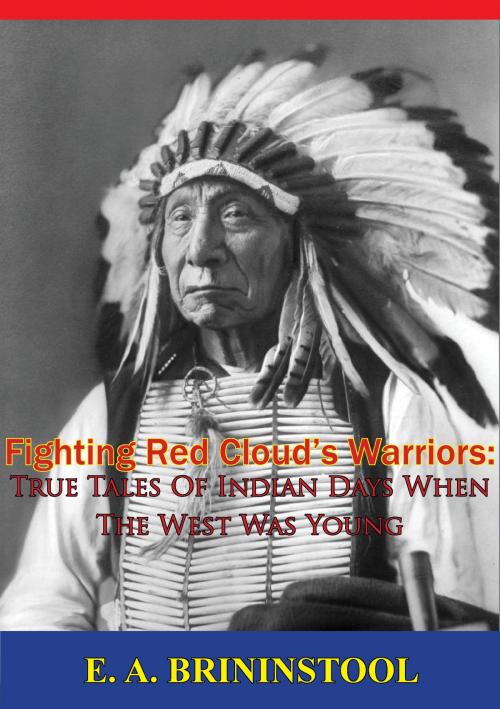
![Cover of the book The Battle For Khe Sanh [Illustrated Edition] by E. A. Brininstool](https://www.kuoky.com/images/2014/august/300x300/9781782893561-wMLe_300x.jpg)
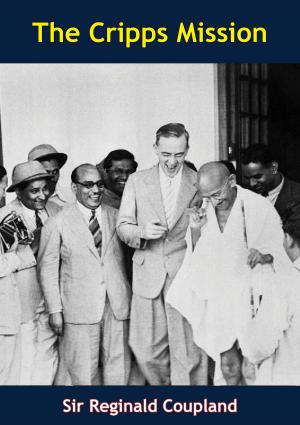
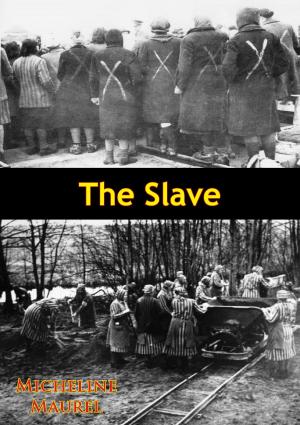
![Cover of the book Vietnam Studies - Mounted Combat In Vietnam [Illustrated Edition] by E. A. Brininstool](https://www.kuoky.com/images/2014/august/300x300/9781782893660-ok4D_300x.jpg)

![Cover of the book Vietnam Studies - Command and Control 1950-1969 [Illustrated Edition] by E. A. Brininstool](https://www.kuoky.com/images/2014/august/300x300/9781782893677-krRu_300x.jpg)

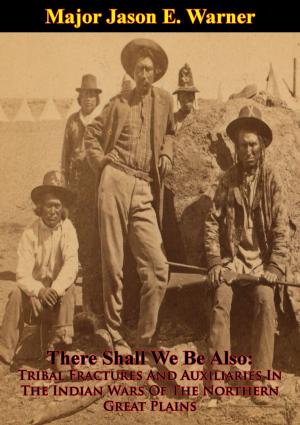


![Cover of the book Air Power And The Fight For Khe Sanh [Illustrated Edition] by E. A. Brininstool](https://www.kuoky.com/images/2015/november/300x300/9781786250148-lmSt_300x.jpg)
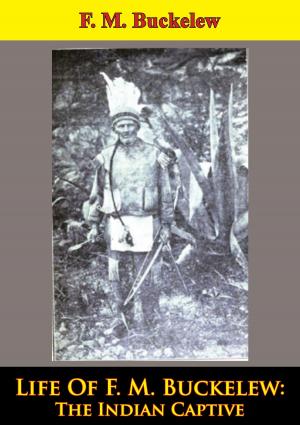
![Cover of the book History Of The Siege Of Delhi [Illustrated Edition] by E. A. Brininstool](https://www.kuoky.com/images/2014/august/300x300/9781782899044-paVz_300x.jpg)
![Cover of the book With H.M. 9th Lancers During The Indian Mutiny - The Letters Of Brevet-Major O. H. S. G. Anson [Illustrated Edition] by E. A. Brininstool](https://www.kuoky.com/images/2014/august/300x300/9781782894902-UtXS_300x.jpg)
